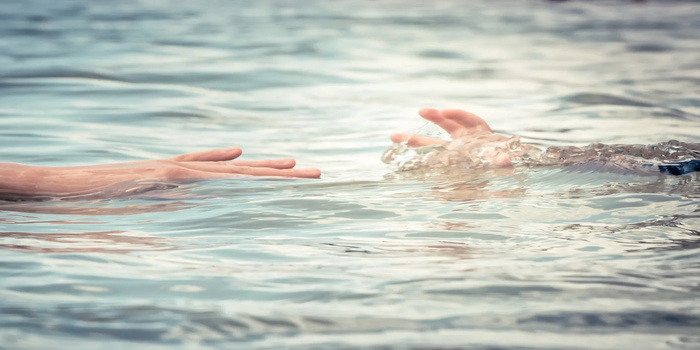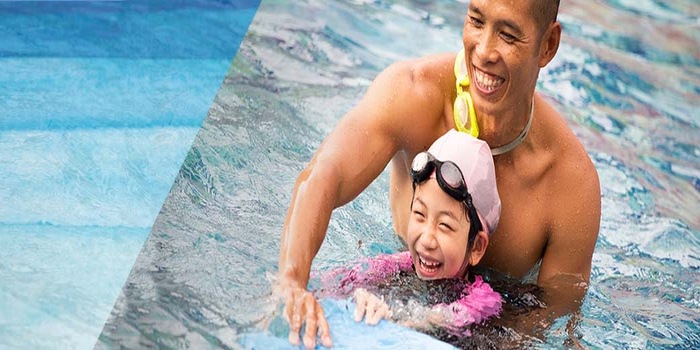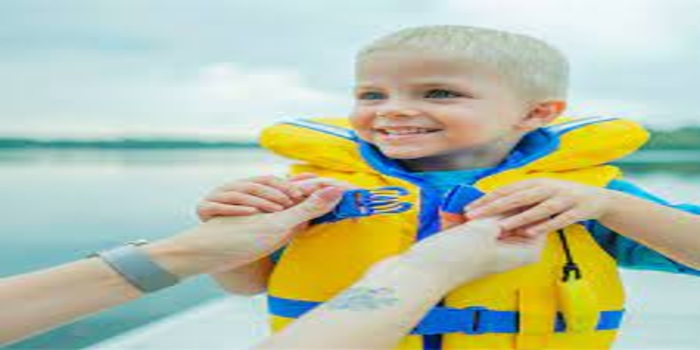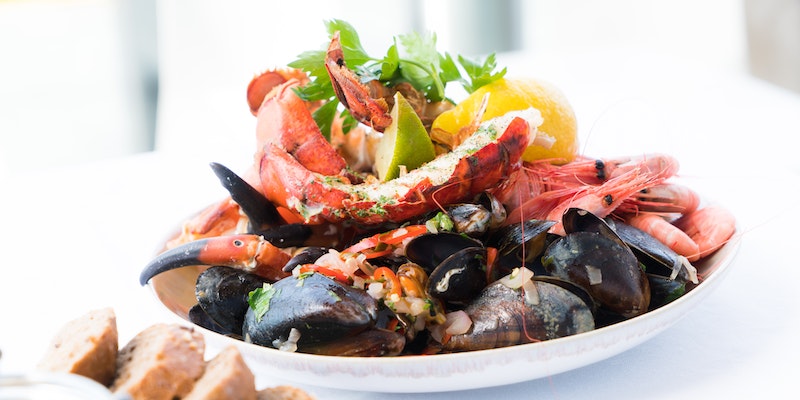In a world where enjoying water-based activities offers endless relaxation, the importance of water safety cannot be ignored. Drowning, tragic, and all too common are the risks related to aquatic activities that should be watched over carefully. Water safety: here's how to prevent adult and child drownings, and learning other safety precautions is essential to safeguard the lives of adults and kids.

Let's explore some key strategies and practices to prevent drowning and to ensure the pleasure of water activities. Come with me to discover all the essential tips to protect your loved ones from tragedy.
Water Safety: How to Prevent Children and Adults Drownings
In today's advanced world, water activities, from swimming pools to relaxing on serene beaches, are a source of endless fun, enjoyment, and relaxation. Still, they also increase many inherent risks like drowning. Drownings are the most common and leading cause of demise while enjoying water activities among both kids and adults.

However, with the proper knowledge, you can reduce all these risks by ensuring secure and safe fun in the water.
Understanding the Gravity of the Issue
Drownings can occur in various circumstances, like in swimming pools, lakes, rivers, and even bathtubs. All these consequences are heartbreaking and often lead to lifelong health complications, so it is critical to understand the gravity of the issue to make water safety a priority.
Statistics Paint a Sobering Picture
The statistics point of drowning are sobering, but according to the World Health Organization (WHO), the third leading cause of death worldwide is drowning, with almost 360,000 victims per year. Drowning causes most deaths among children from 1 to 4 years old because they are vulnerable. These statistics points are the first step in realizing the importance of water safety.
Tips for Adults' Safety
Learn to Swim
The first and foremost step is to learn how to swim by enrolling in swimming lessons to become more comfortable in the water. This will make sure to give you essential life skills but also help to enhance your confidence in the water.
Never Swim Alone
During some high-risk water activities like jet skiing, paddle boarding, and kitesurfing, keep a buddy with you to accompany you on the water. It is essential to be in a pair or the form of a group so that everyone can look out for each other in case of emergency and need of any help.
Stay in Limits
It is best to stay within limits to prevent any tragedy leading to dangerous situations. Be aware of your swimming ability and stay within your comfort zone.
Follow Safety Rules
Remember to follow all the aquatic safety tips for adults and children to protect yourself and your loved ones from any mishap, and these rules should be taken seriously.
Wear a Life Jacket
Make sure to have a life safety jacket with you while enjoying any aquatic activities. Some departments allow only children under the age of 10 to wear jackets, but make sure to be with the departments that will enable everyone, regardless of age, to wear jackets to prevent drowning incidents in water.
Learn CPR
Another crucial point to prevent drowning is to use the CPR system if someone around you is unconscious in the water. However, to use the CPR system, you must have learned about it and become CPR-certified to keep safety in your hands.
Avoid Drugs and Alcohol
To prevent any accidents or risks of mishaps in water, you should not use and altogether avoid drugs and alcohol for better coordination in the water.
Tips for Children's Safety
Supervision is the Key
Do not even think about leaving your children in the water unattended for a second, as drowning can happen within a moment. So, make sure to leave a responsible adult near your children to supervise them when they are in or even around the water.

Install Fences and Barriers
When your children are in the pools, install pool fences to prevent them from accessing the deep pool area when unsupervised. These barriers and walls will help prevent your children from drowning and reduce the risks.
Teach Water Safety
Educate your kids about the water hazards and also encourage them to learn to swim as soon as possible.
Floatation Devices
The use of floatation devices is essential for the safety of kids and adults in the aquatic environment, so make sure to use inflatable armbands and life jackets to prevent any tragedy.
Risks of Open Water
Open water-like beaches can be the most dangerous for your undertows, so choose a beach with a lifeguard on duty. Another essential thing to notice is the colored flags on the beach to know about the hazard levels. Each color signifies a different level of danger:
- Yellow Colour: Medium risk with moderate currents.
- Red Colour: Red flags refer to the high risk with rough conditions.
- Two Red Flags: It means that this area of beach is closed to the public
- Purple Colour: This color refers to the dangerous marine life in this area.
Take Breaks
No kid should be in the pool or ocean for hours, so it is vital to ensure that your toddler is only 30 minutes in the water, but some older kids can be for an hour.
Dive with Caution
Your kids should not dive into the water more than 9 feet deep and also be aware to prevent their head from bumping on the diving board.
General Water Safety Precautions
CPR Training:
Ensure to learn CPR, as it will be a life-saving skill for emergencies.
Emergency Response:
Familiarize yourself with the emergency procedures and contacts at the swimming locations you frequently visit.
Check Weather Conditions:
Before getting ready to visit any beach or any open water area for aquatic activities, make sure to check the weather conditions, as strong currents and rough waters can be dangerous.
Use Personal Floatation Devices (PFDs):
A wise precaution is to use personal floatation devices while swimming, boating, or any water sports.
Final Thoughts
Learning water safety is a crucial responsibility for both children and adults and also plays a significant role in understanding the risks and taking appropriate precautions. Water safety: here's how to prevent adult and child drownings significantly reduces the risk of incidents and mishaps. So, it is evident now that water can be a source of joy if approached with care and awareness.
So, prioritize water safety to enjoy aquatic activities more safely.




